From Machine Learning Engineer to Content Creator
Reflecting on the past year and more!
When people ask me what my job is, I often don’t know what to answer! Am I a content creator or an influencer, or do I just run a newsletter? I have a clear idea of what I am doing, but I often have some difficulty to describe it. Until recently, I had a regular 9-to-5 job, but transitioning to a more entrepreneurial journey was easier than I had expected!
I am celebrating the first year of this newsletter, so let’s go back to how I got there!
Getting into Machine Learning
I started my career in machine learning after earning my Ph.D. in theoretical physics. In Physics, it is easy to get lost in an academic journey. Not knowing what to do next, we just go for the next degree: bachelor, master, PhD,… what’s next?
I had no idea what I was going to do next. During my Ph.D., I studied on my own economics, finance, machine learning… I was thinking about moving to Wall Street as a quantitative trader, but I ended up as a Data Scientist in Silicon Valley. It took me a year and a half to get my first job. I had no idea how to write a resume, and I wasted a lot of time! I applied to quantitative trading jobs, software engineering jobs, consulting jobs, and, of course, data scientist jobs. The first offer was for a data science job, so I became a data scientist. It was a very good option for me. I had spent my whole Ph.D. building numerical experiments on large datasets and developing mathematical models for the underlying physical phenomena.
Here is my PhD thesis if you are interested:
Coming out of my PhD, I realized I knew nothing apart from Physics! I started to take every online class possible on statistics, machine learning, computer science… I was addicted to learning, and I was taking every class, even those remotely related to ML. I was so addicted to online classes that I ended up going back for an online Master's in ML at Georgia Tech. It was cheap, and I could work during the day and study at night and on weekends. I learned a lot during that master's, but when it came to the ML curriculum, it was a bit limited, and I was already pretty advanced on the subject.
The Honeymoon phase of my ML career
I really enjoyed the first few years of my career. Every new job was such an exciting new opportunity to build new machine learning solutions. I was discovering so many ways where machine learning could be useful.
It was hard at the beginning for me to focus on the right aspects of the job. I had spent so many years trying to build the perfect mathematical models, and it was difficult to adapt my work style to focus on an iterative approach where each deployment was not as good as it could be. It was in my third job, working in an E-commerce, that I met the manager who made me a real data scientist. It is hard to find the people with the right experience so you can really learn from them. He was my first true career mentor, and he helped me focus my skills to be more productive.
I was very proud of my math skills, and I was approaching every problem from a very mathematical angle. ML is taught in textbooks mostly using a mathematical approach, and it took me a while to realize that math won’t take you very far on the job. I think it was when I went to compete on Kaggle, and I was getting my ass kicked by high schoolers, that I realized that I was not as good as I thought! Since then, I have worked hard trying to become a better software engineer and improve my business acumen.
It was great to be at the center of what was once considered to be the “sexiest job of the 21st century“!
How I became disenchanted by the job
I have been laid off four times in my career! Once, I guess it happens. Twice, better luck next time. Three, four times… how do you explain such a streak of “bad luck“? I had four short-term jobs on my resume, and I was really ashamed of it! I was unsure how to explain it every time I had an interview. The first time, EMC merged with Dell, and my position just became redundant. The second time, I was working in a startup that had to change its business model, and I became useless to the company. The third time, my whole department at Rackspace got laid off, and I was just part of it. The fourth time, I was working in a startup, and they realized that they just needed one ML model, and they let me go after they got what they needed from me.
When I was not getting laid off, I was never really satisfied with the position at the time. I felt that my skills were completely underutilized. Everywhere I worked, the machine learning infrastructure was quite immature, and it was difficult to build a product that was really having an impact. ML was always a second-class citizen that was not really contributing to the revenue of the company. Data Science was not the “sexiest job of the 21st century” anymore in my eyes! Despite being disappointed by most of the jobs I had, I always learned something new from the business aspect. It was always fascinating to see the different ways to operate a business and provide value to customers!
There was a time when the people working on ML projects were called “data scientists“. Over the years, anybody even remotely working with data started to call themselves “data scientists“. The title was becoming meaningless, and ML experts started to migrate to “machine learning engineer” titles. I realized it started to become harder and harder to find ML jobs with the title of data scientist, and I migrated as well. I also started to be careful in working for companies where “data“ and “machine learning“ were at the core of the business model.
Working at Meta: my last hope!
When Covid happened, I was managing a team of data scientists at Sense360, which was later acquired by Medallia. That was by far the best work experience I had in my career so far, but ML projects were becoming scarce, and I knew that there was no future for ML there. I anticipated FAANG jobs becoming remote, and I started to prepare myself to be ready for interviews when this was to happen.
The big FAANG companies tend to have their large offices in Silicon Valley. I felt that when I moved to Los Angeles, I missed my opportunity to get a job in one of those renowned tech companies. There are FAANG jobs in LA, but when it comes to ML, the options tend to be more limited. I had interviewed in the past at Facebook, Amazon, Netflix, Google… but I failed all of them! This time, there was no way I would fail, so I worked hard to make sure of it! I started to include solving Leetcode problems in my daily routine.
I was actually really enjoying it! It became a hobby. Every morning and evening, I would solve one or two problems. I even considered participating in Competitive Programming competitions. People tend to criticize algorithm problems as being disconnected from what we actually do on the job. While it is true, this experience improved my skills in ways that I didn’t expect. I was seeing “algorithms” in every aspect of my life! Every time I used or wrote software, I couldn’t avoid thinking about the time complexity of the underlying algorithms and the ways to improve them.
I started to practice Leetcode in August 2020, and in December of that same year, Facebook contacted me, and I started the interview process. During the process, I have learned a lot about system design by reading the following books: Designing Data-Intensive Applications and System Design Interview.
I have worked hard to get into Facebook, and ultimately, I got in! And I've hated every minute of my tenure at Meta! Every day, I was oscillating between panic attacks and plain boredom. I felt alone the whole time, especially in this remote environment. This was due to a mix of a misfit for the position and an individualistic work culture centered around the optimization of productivity metrics. I knew two months after I started that I would have to leave, but the golden handcuff was strong!
I've hated every minute of it, and I am incredibly grateful for it! This has been the highest compensation I have ever had, and this made me realize that no amount of money will be enough for me to work in a position that I do not enjoy. I've always regretted not having the FAANG experience, and I was finally feeling free of this need. I was working in the Ads CoreML organization, which is among the most mature ML departments at Meta (and, therefore, the world!). That org is responsible for the ML behind most of the company's revenue through Ads ranking, and it definitively has among the most advanced Machine Learning systems at one of the largest scales on the planet. I am glad I got to learn from it!
Now that I realized I was hating what I thought was going to be my dream job, what is left for me?!
Becoming an Entrepreneur
I have worked in large tech companies, and I have worked in small startups… nothing seemed satisfactory for me. I had to build my own company! Actually, I tried a couple of times without fully committing. A few years prior, I built an app to rate your friends (?!). It was called RateUrFriends.
I tried to build a marketplace for tutoring services until I realized better services were already available. It was called ShareYourWiz.
I was working on ShareYourWiz while I was at Meta. When I failed with it, I realized I needed partners. I found a couple of cofounders, I quit Meta, and we started Motivee.
We worked on it for a few months, but we never succeeded in getting a customer or funding. Financially, we all started to have difficulty continuing to work without any revenue. We started looking for part-time jobs to continue working on the project, but because of the difference in work style, I ended up quitting. I didn’t feel we could succeed with this team, so I preferred moving on.
My experience at Meta really vaccinated me against renting my time to earn a living. I didn’t want to go back to working for somebody else, so I felt the next best thing for me was to try to monetize my influence on LinkedIn.
Becoming an influencer
When I was working at Meta, I felt I was not doing as much machine learning as I wanted, so I started talking about it on LinkedIn. Here is my first post:
I had ~3,000 connections at the time, and I was very surprised to realize that my opinions could be useful to people. My account grew very fast, and in a couple of months, I gained ~50,000 followers. Posting was fun and became almost addicting! I was talking more about ML on social media than in my actual job. I liked looking at the number of new followers and “likes” on each of my posts. It was fun, but I stopped posting when I quit Meta and started to work on Motivee.
When I realized that Motivee was not going to work, I thought I could monetize my reach on LinkedIn, and I started to post again. I was offering career mentoring and consulting services. Posting on a daily basis is hard because, after a while, there is a limit to what we know and what we talk about on social media. So, I started to educate myself in a continuous manner so I always had something useful to say. One of my most successful posts was about how to train ChatGPT. It had ~14,000 likes and more than 1.7M impressions:
The diagram in that post is from the IntructGPT paper. That was not the first time I was adding a diagram to my post, but from that point on, I thought it was easier to explain concepts with those, and I spent more time designing my own. I tried to reproduce the success of that post by using a similar style for the diagrams. For example, here is one of my diagrams a few weeks later:
By the way, I am always asked about the software I use. I used to use draw.io, and now I only use canva.com to design those.
By posting my own diagrams, my style became more defined, and I got noticed by a bigger influencer who suggested I get into writing a newsletter. That is when I started to post on multiple social media platforms, and I created the AiEdge Newsletter.
Becoming a content creator
I never considered the value of my posts on their own. To me, they were an ephemeral means to advertise my services. But what about monetizing content that would have value for people? I was really enjoying spending time researching a subject and designing diagrams to explain it in my own way. I had the skills and experience to approach a complex subject and build unique content about it. The newsletter gave me a medium to express myself and a means to focus 100% of my time on content creation.
In the beginning, I kept the same format as on LinkedIn, and a newsletter was an aggregation of LinkedIn posts. Each post was taking me a day of work. I had a list of subjects I wanted to address during the week, and in the morning, I was choosing one of the subjects and reading many papers about it. By the end of the morning, I needed to find an interesting angle to address, and I spent a few hours designing the diagrams and the related post about it. Here is the first newsletter I sent after launching:
Everything you need to know about Stable Diffusion
This week we dig into Stable Diffusion: What is Stable Diffusion? But how do you generate those cool animations? How do you measure similarity between text data and image data? Let’s generate music with text prompts and Stable Diffusion What is Stable Diffusion?
That was a tough routine! I was not sure that by the end of the day, I would have a post ready for the next morning. It was not easy to find two or three LinkedIn posts that would work well together as a newsletter. Little by little, I started to migrate toward long-form newsletters (called them “deep dive“), where I would dedicate a few days of research to improve the depth of the content. For example, here is one of my first deep dives:
How Generative Adversarial Networks work!
Generative Adversarial Networks (GANs) marked the first great success of Deep Learning when it comes to generative AI. We are reviewing the in and out of this foundational model paradigm. We are going to look at: The overview of GAN’s architecture The discriminator
This format allowed me to go deeper and avoid the daily deadlines of the LinkedIn posts. I could not post as much on LinkedIn, but the content was of better quality. I could augment my content with code and equations (although not everybody likes code and equations!). Instead of aggregating my LinkedIn posts into a newsletter, I was distilling my newsletters into LinkedIn posts.
I tried multiple formats this past year. For example, here is an example where I was automating writing newsletters about the latest ML news by using LangChain:
Generative AI: Revolutionizing Industries and Tackling Climate Change
From generative AI's potential to add $4.4tn to the global economy to Toyota Research Institute's new generative AI-powered vehicle design tool, the impact of AI and advanced computing is wide-ranging. Other recent developments include the use of AI by FIFA to identify and report those responsible for social media abuse during the World Cup and the use …
I felt my newsletter was missing the latest developments in the field on a weekly basis, so I wanted to bring that to my readers without increasing the workload on my side. I ended up stopping that format because I wasn’t sure people enjoyed it.
I tried the podcast format, where we would just talk about interesting subjects in ML. Here is the first one:
Let's Talk about AI with Etienne Bernard, CEO at NuMind
Today, I am starting something new. I invited Etienne Bernard, CEO at Numind, and we talked about AI, NLP, and being an entrepreneur between the US and France. Here is the recording of that conversation:
I like the idea of having a different medium to express myself and the fact I could reuse the content to approach video social media platforms like YouTube.
I quite liked doing it, but it ended up being more work than I expected, and I couldn’t keep up producing my typical content while maintaining a podcast.
I would spend a lot of time writing deep dives, but sometimes, it may not have been adapted to the newsletter format. I think most people don’t want to open a newsletter to read code or equations. The interaction with the content tends to be a bit more passive than with a blog article, for example. I wanted to design content that could go in-depth without requiring too much work from the readers, so I started to develop video content. I wanted to make sure people would come back from one newsletter to the next, so I made sure there was a continuity from one newsletter to the next. Here is my first video newsletter about LangChain:
Introduction to LangChain: LangChain Basics
Today we start something new! We start a series of videos on Langchain. I wanted to create more actionable content with more continuity in the long term to make sure people can learn and utilize that learning in their job. My goal is that this content on Langchain will help people apply those concepts to build great Large Language Model applications. This is the first video of many, and we cover some of the LangChain basics. Let me know if you like it!
With this content, I could provide value to the reader while developing full courses for people to take their ML skills to the next level!
Building a school
If I learned anything about myself during this journey, it is that I have unique skills to develop easily approachable content about complex subjects. When it comes to ML, I can pretty much explain anything I put my head into, and I want to expand on that. Recently, I started putting my courses on my new website: https://learn.theaiedge.io/. I want to dedicate this website to learning content where people can really develop true ML skills.
For now, there are a couple of courses, but in the coming year, I am going to extend the number of courses and propose multiple hands-on bootcamps to train people in ML. By the end of the coming year, I am hoping to offer multiple specialization tracks about different ML sub-fields. I had a lot of conflicts about this idea because I am not interested in preparing people for interviews or promising people they are going to find jobs because of me, but I am confident I can help people become better at Machine Learning! More information about this to come pretty soon!
Until then, happy holiday to all!






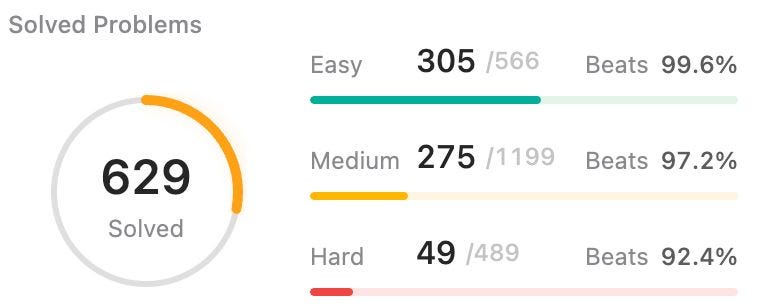





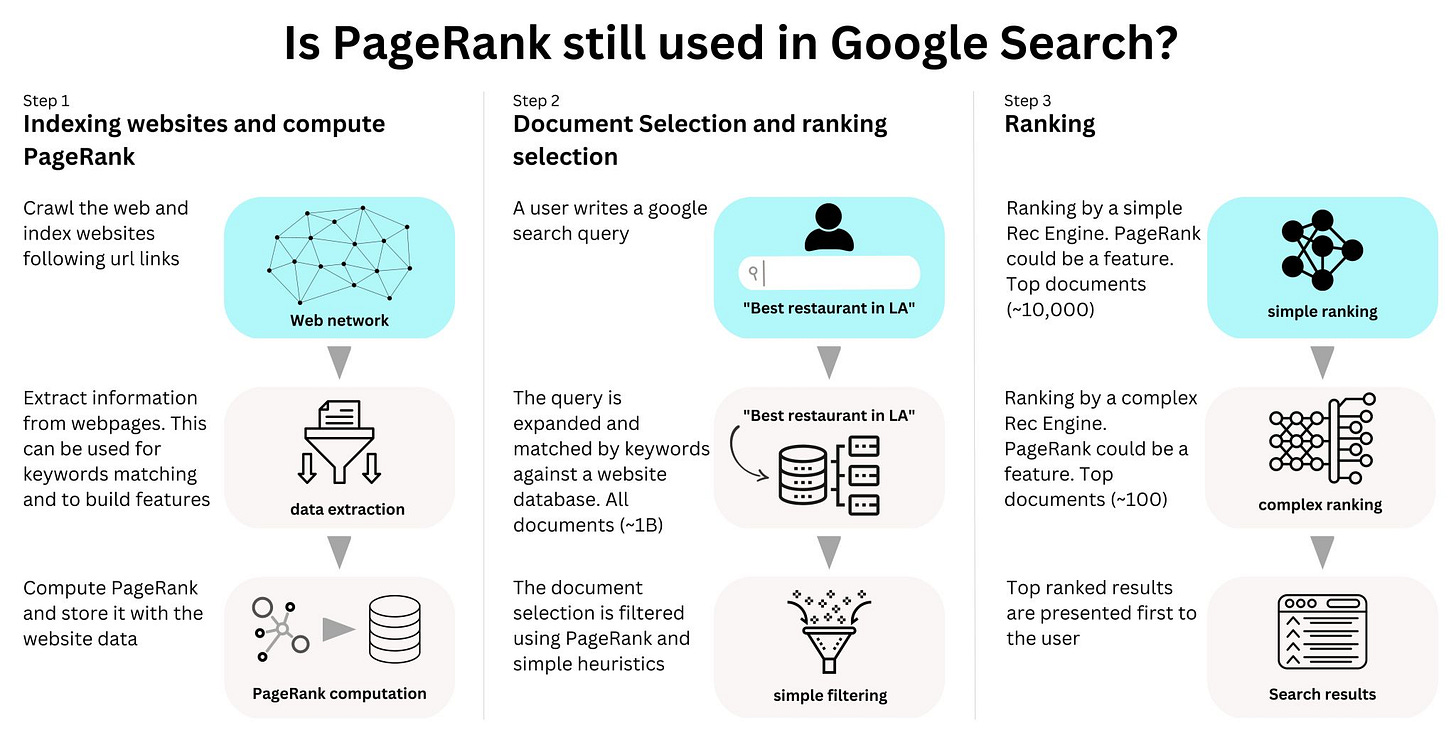
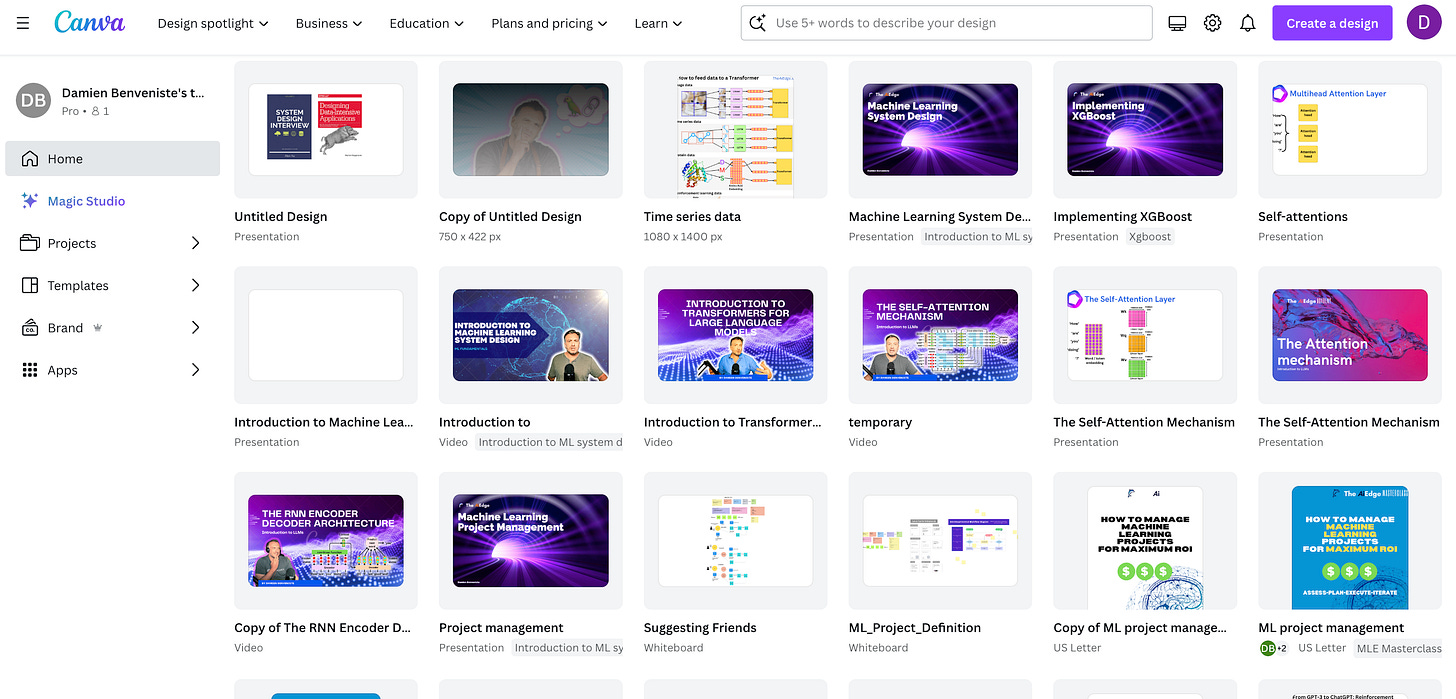



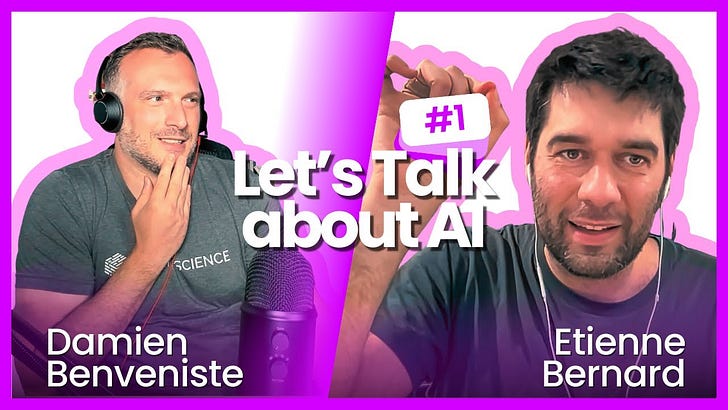
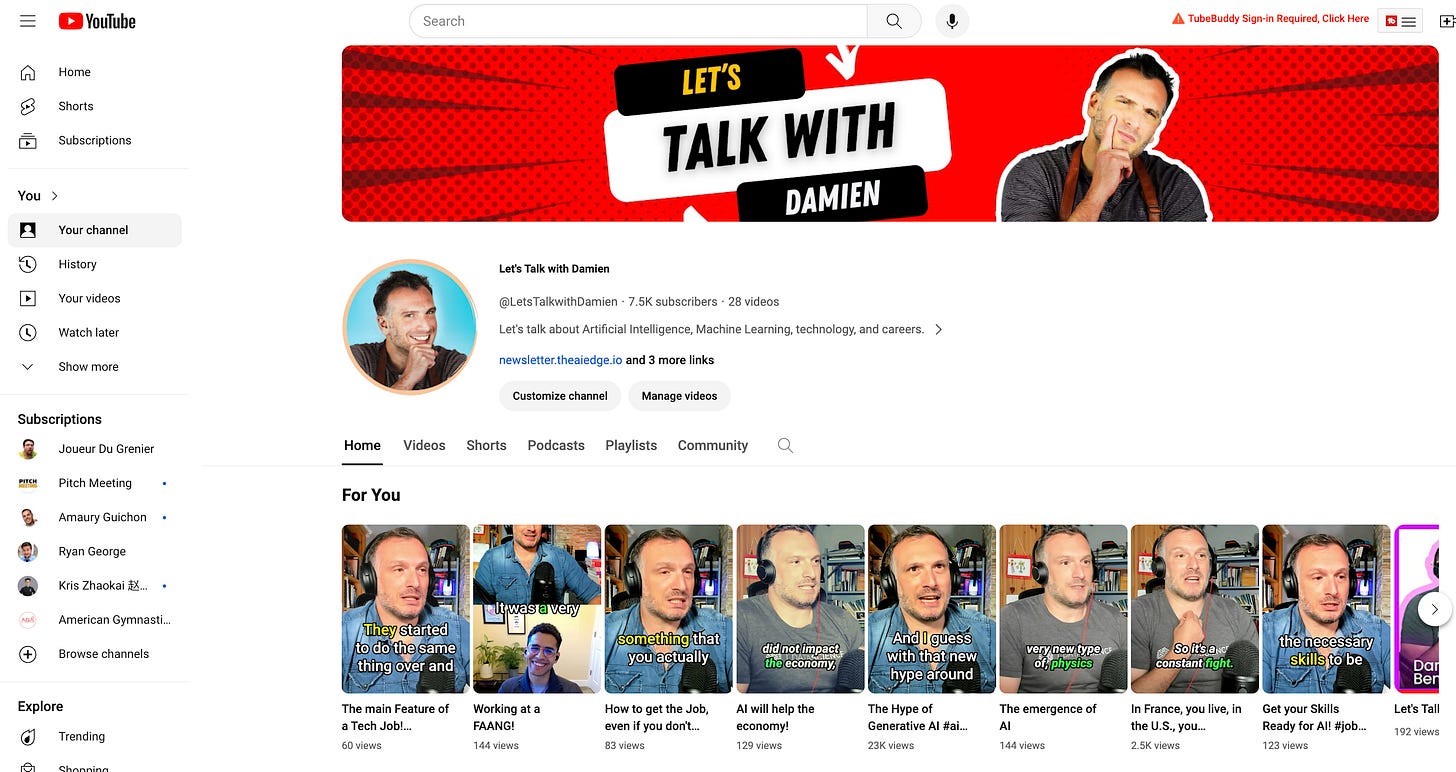


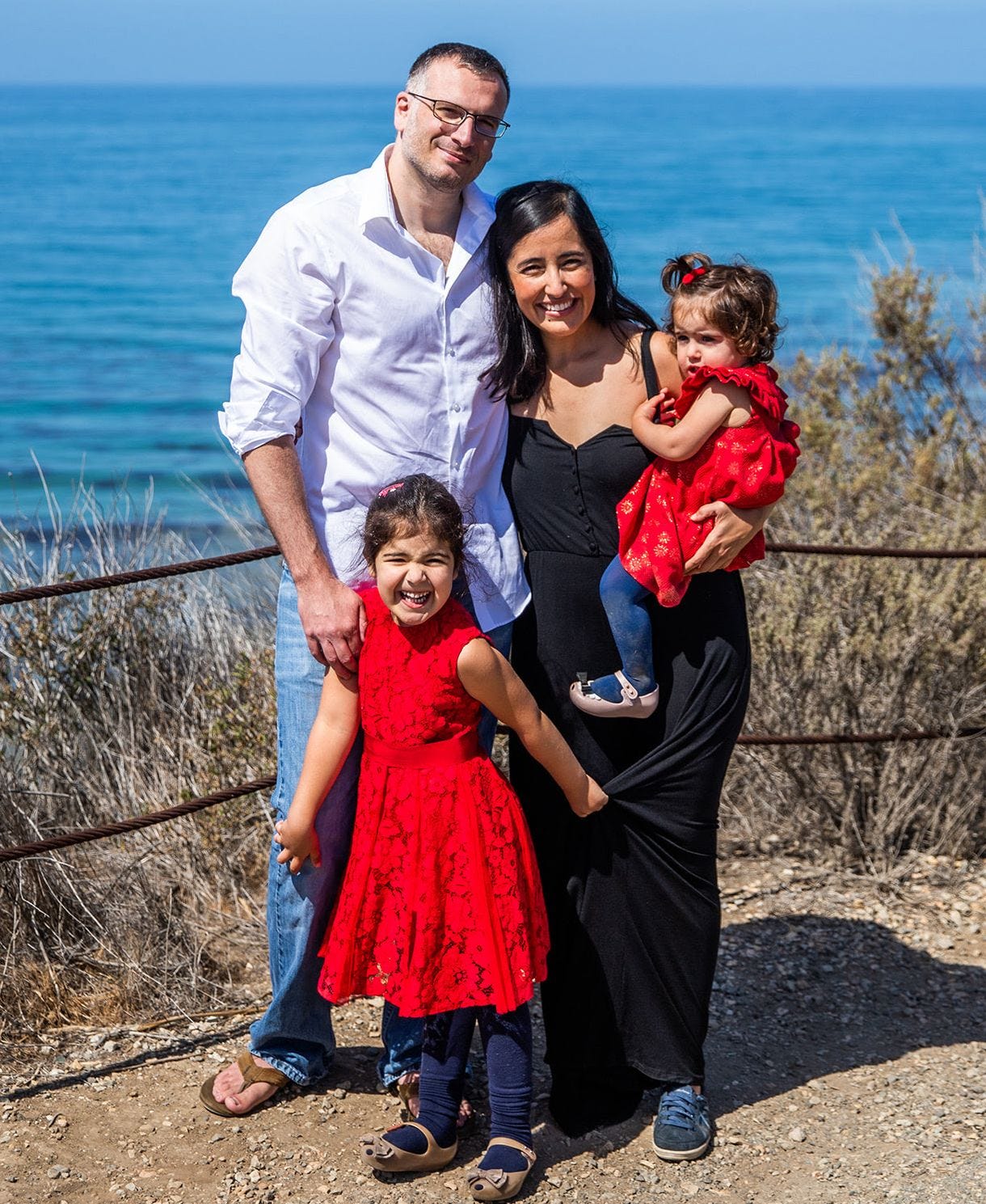
Great journey. Please keep it going.
Well said. While reading this post, I am thinking like I am writing for myself. I have a similar mind to yours. My dream is to get into FAANG companies and then do what I can enjoy! I am sure this post will influence my self-belief and accelerate my progress toward my goal. Thank you for this blog post and for being an inspiration to many of us.